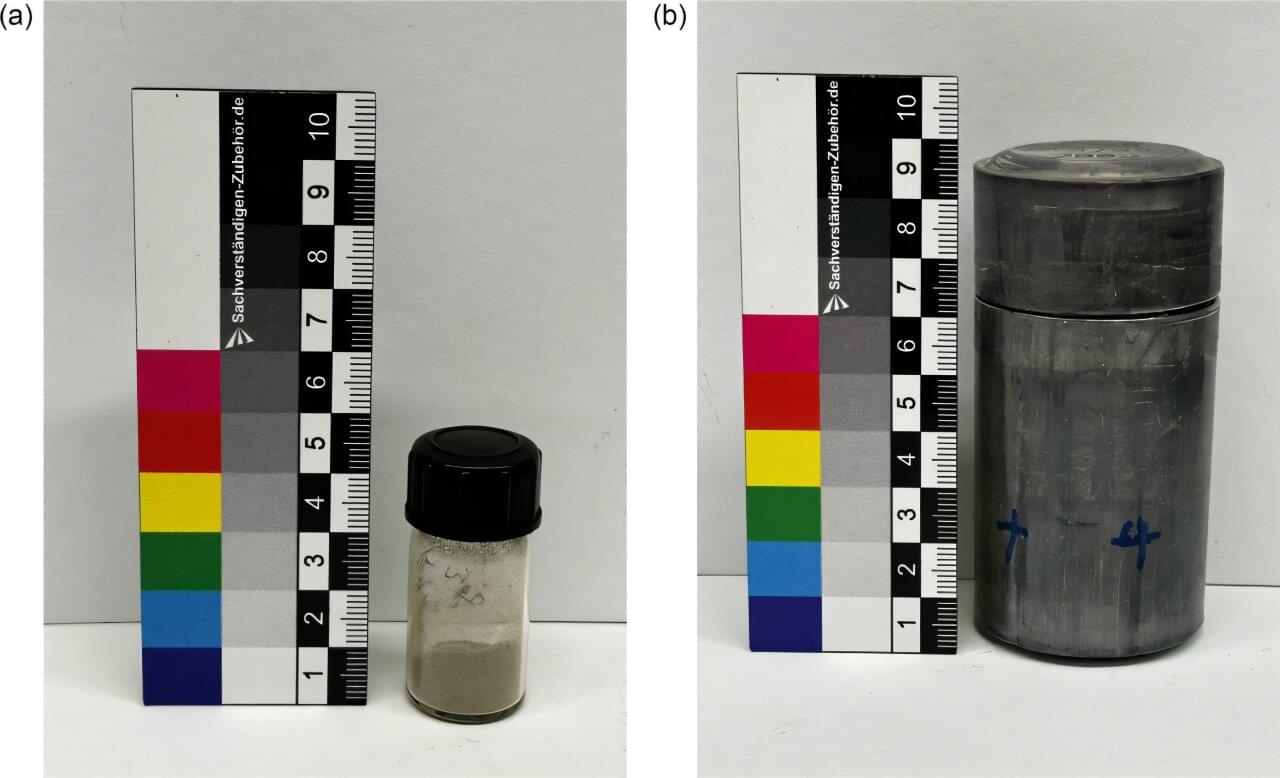For the first time, a research team from the University of Cologne has observed the electron capture decay of technetium-98, an isotope of the chemical element technetium (Tc). Electron capture decay is a process in which an atomic nucleus “captures” an electron from its inner shell. The electron merges with a proton in the nucleus to form a neutron, turning the element into a different one. The working group from the Nuclear Chemistry department has thus confirmed a decades-old theoretical assumption.
The findings contribute to a more comprehensive understanding of technetium decay processes and extend the chart of nuclides—the “nuclear periodic table.” The study was published under the title “Electron-capture decay of 98 Tc” in the journal Physical Review C.
As early as the 1990s, researchers suspected that technetium-98 could also decay by capturing an electron, but no proof could be found, as the isotope only is available in extremely small quantities. For the current study, the Cologne research team used around three grams of technetium-99, which contains tiny traces of the rare isotope technetium-98 (around 0.06 micrograms).
